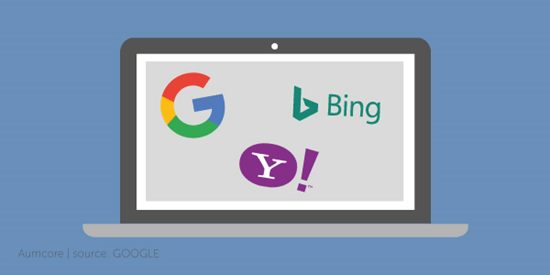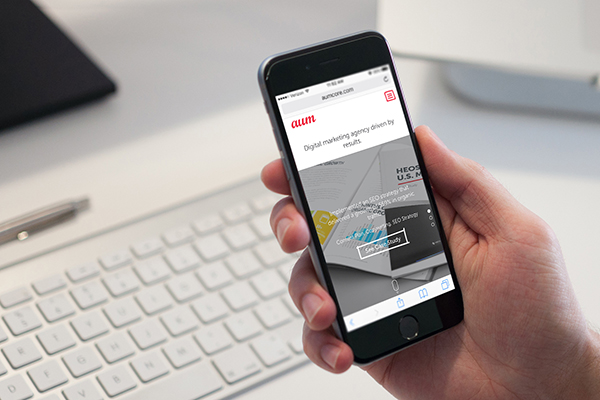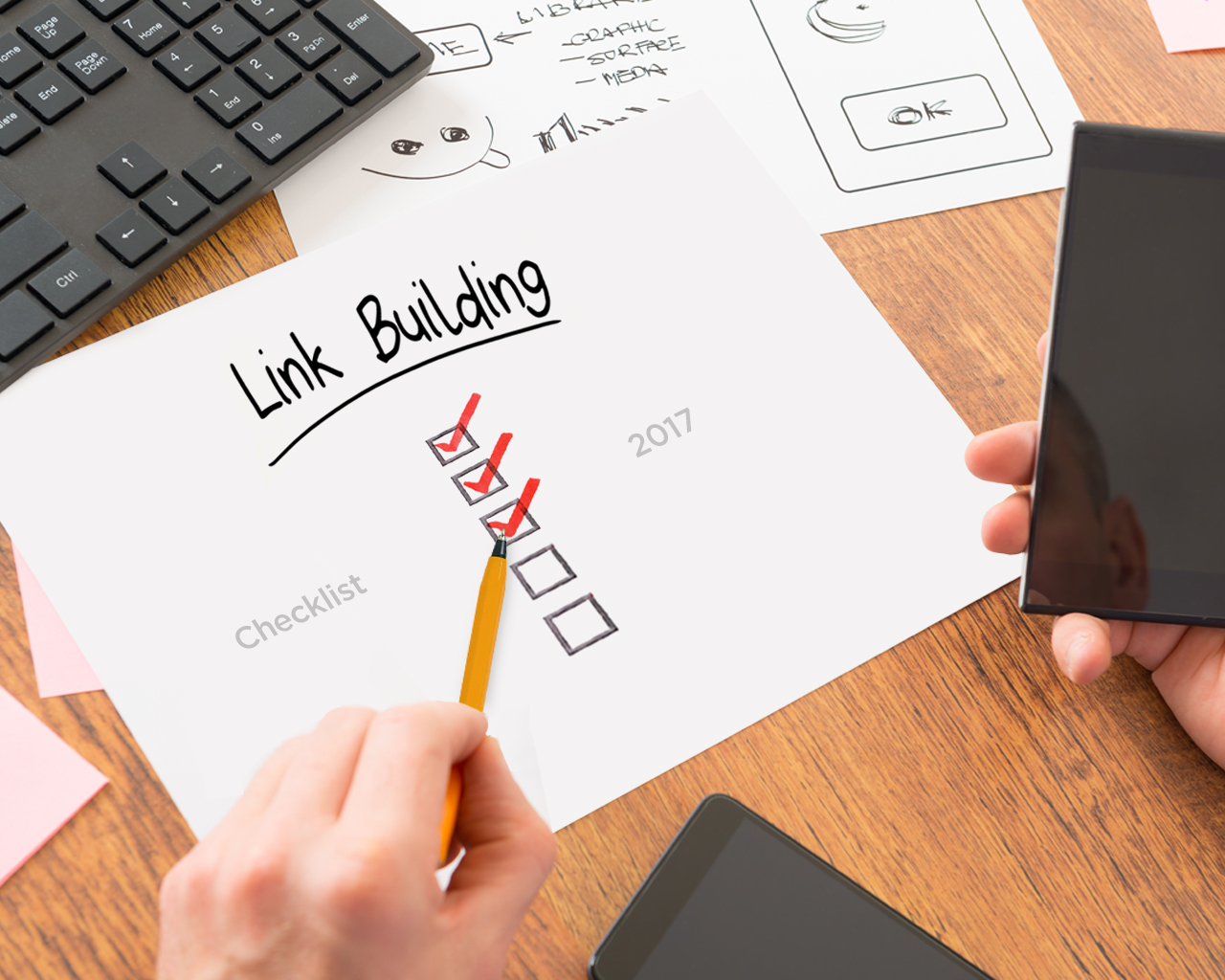The eCommerce industry is like the animal kingdom; competition here, competition there, competition everywhere. Survival is tough and Darwin’s ‘survival of the fittest’ fits right in, especially for newer startups trying to get the word out.
Before you start freaking out, get your paid media advertising glossary, sit tight, and read the following tips that will help you increase sales through paid media.
1. Start Advertising through Paid Media
The most obvious tip in the bunch, start advertising through paid media. Like Nike says, just do it. At the end of the day, whether you make it or break it in eCommerce depends largely on how easy it is for your audience to find you. By advertising, you’ll immediately gain more exposure, increasing the likelihood of being found and getting that sale.
2. Use the Google Search Network
The Google Search Network (GSN) is a collection of search-related sites and apps you can advertise in. Think of PPC (pay-per-click) advertising for this one; they’re text-based ads appear on Google SERPs and Google’s search partners.
The GSN is very helpful with sales because it’s a highly targeted approach whereby your ads appear when user queries match your keywords. In other words, more likely than not, the people seeing your ads are looking for someone like you. You can also add extensions to your ads that increase your odds of making a sale. Such extensions could be additional links, product images, a phone number, etc.
3. Use the Google Display Network
Similar to the GSN, the Google Display Network (GDN) places your ads in a collection of sites partnered with Google, except that these ads are more visual (hence the ‘display’ aspect). These types of ads are extremely good at increasing brand awareness, so make sure to make them visually appealing enough for a click-through.
They are less targeted, though, but do come with the added bonus of garnering a lot of impressions. A good idea is to use a hybrid approach in which you use both the GSN and GDN:
- Your ads in the GDN will place you in your audience’s mind and familiarize them with your Brand
- Your ads in the GSN remind your audience that you’re a solution to the problem they currently have
4. Don’t Forget Other Search Engines
 Yes, Google is the biggest search engine out there and takes the lion’s share of traffic, but neglecting other search engines like Yahoo and Bing is a mistake you do not want to make (especially because advertising with these can be much cheaper than Google).
Yes, Google is the biggest search engine out there and takes the lion’s share of traffic, but neglecting other search engines like Yahoo and Bing is a mistake you do not want to make (especially because advertising with these can be much cheaper than Google).
While some people indiscriminately use search engines, there are some that exclusively use one or the other. Case in point, older generations prefer using Bing and Yahoo. You want your ads to reach the farthest recesses of the Internet, and incorporating smaller search engines in your strategy will help you out with added exposure.
5. Social Media for the Win
With 2.5 billion worldwide users — and growing every year — social media is prime real estate for advertising. Making this advertising option more appealing is the option of targeting users based on their profiles and browsing habits.
The fact that there are a lot of channels for social media ads, such as Facebook, Instagram, LinkedIn, Twitter, and so on, adds a further incentive for utilizing it. Why? Because certain audiences flock to one or the other. This means that you can further target your audience by choosing one channel over another.
For example, Twitter and Instagram are very visual, so advertising there as a fashion Brand will be more helpful than choosing Facebook or LinkedIn. The same goes for other industries; some will do better in certain channels that their target audience frequent more often.
6. The New Must: Mobile
We live in a mobile-first world and advertising should follow suit. If the majority of Internet users are browsing through their phone, does it make sense to spend the majority of your money on desktop ads? No. As a matter of fact, it actually displays a disconnect between you and your audience. Unless, of course, your audience largely consists of older generations who still prefer desktops.
The point is that you want your ads to be seen; displaying them on desktop instead of mobile is akin to physically advertising on a billboard that’s blocked by another billboard —> nowadays, it just doesn’t make sense.

7. Mobile Ads with a Responsive Site
What happens when someone clicks on your mobile ad? They land on your mobile site — if you have one, that is. For this very reason, you have to have a website that mobile users can access. This means combining eCommerce website development with either a mobile-friendly or responsive site, with emphasis on responsive.
The problem with not joining the mobile revolution is that if someone clicks on your ad whilst browsing on their phone, and lands in a website not suitable for them, they’ll likely click out and raise your bounce rate. That’s not what you want; what you want is for them to feel comfortable enough in your site to stay and navigate through it. This is where mobile optimization comes into place.
Mobile-friendly is good, but it’s the least you can do to appease Google. A responsive site goes above and beyond by resizing all elements for the screen they reside in. This is the best option for good UX and will give you the highest odds of making a sale.
8. Do Your Research…Keyword Research
Now that we’ve gone over where you can (and should) display your ads, let’s focus on your ads’ content. More specifically, your keywords. Long story short, keywords are how your ads will be found; they’re what user queries will be matched with to show your ads.
As such, you want to choose the best keywords that’ll get your ads found. For this you’ll need to do some research with sites and tools like Moz, SEMrush, AdWords Keyword Planner, etc. Study your competitors’ keywords, craft your own, and constantly monitor how they’re performing.
9. Transparency is Your Friend
Being dishonest with ads is a very good way of wasting your money. You’ll either be using a PPC or CPM (cost-per-thousand) advertising model, which means that you’ll be paying for every click or every thousand impressions your ad makes. Because of this, lying with your ads may lead to more clicks, but they’ll bounce as soon as they realize that what was advertised is not what’s being offered. Instead, be honest and transparent.
10. Optimize Your Landing Page
 Seeing as how we’re talking about what happens when someone clicks on your ad, our final tip today will be to increase conversions by optimizing your landing page, or the page users will arrive at after clicking on your ad.
Seeing as how we’re talking about what happens when someone clicks on your ad, our final tip today will be to increase conversions by optimizing your landing page, or the page users will arrive at after clicking on your ad.
For example, some things you can do are:
- Choose a headline that’s relevant to your keywords and ad copy
- Utilize an appealing and attractive design
- Write page content that’s honest (similar to our previous tip) and convincing
- Make it eye-catching!
Final Thoughts and TL;DR
The decision to add a paid media advertising your strategy should pop in your head all the way in the beginning, in the eCommerce website development process. You want to make sure that everything’s in sync, like a well-oiled machine that churns out sales.
If you’ve read everything so far, you should have a pretty good idea as to how to go about doing that. If not, here’s the tl;dr version:
- Start Advertising through Paid Media
- Use the Google Search Network
- Use the Google Display Network
- Don’t Forget Other Search Engines
- Social Media for the Win
- The New Must: Mobile
- Mobile As with a Responsive Site
- Do Your Research…Keyword Research
- Transparency is Your Friend
- Optimize Your Landing Page





Tell us your thoughts in the comments